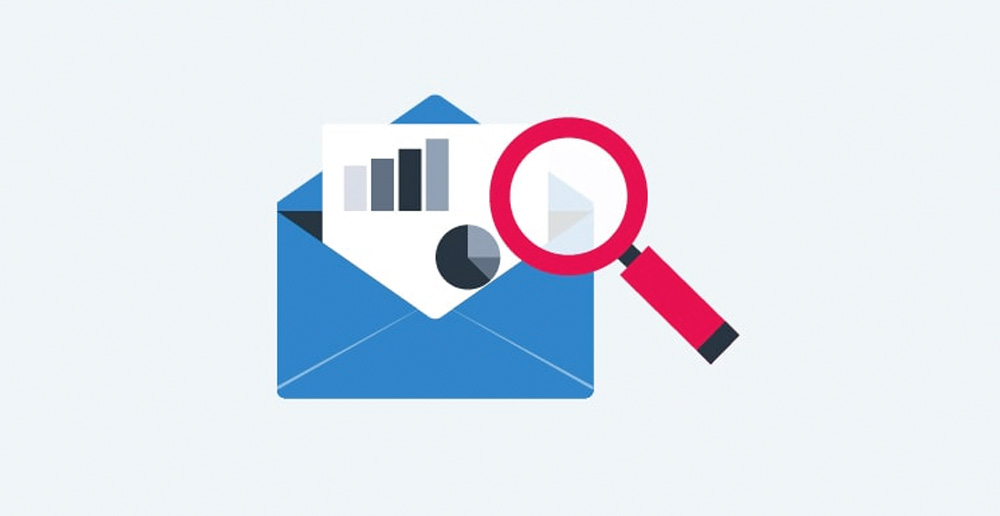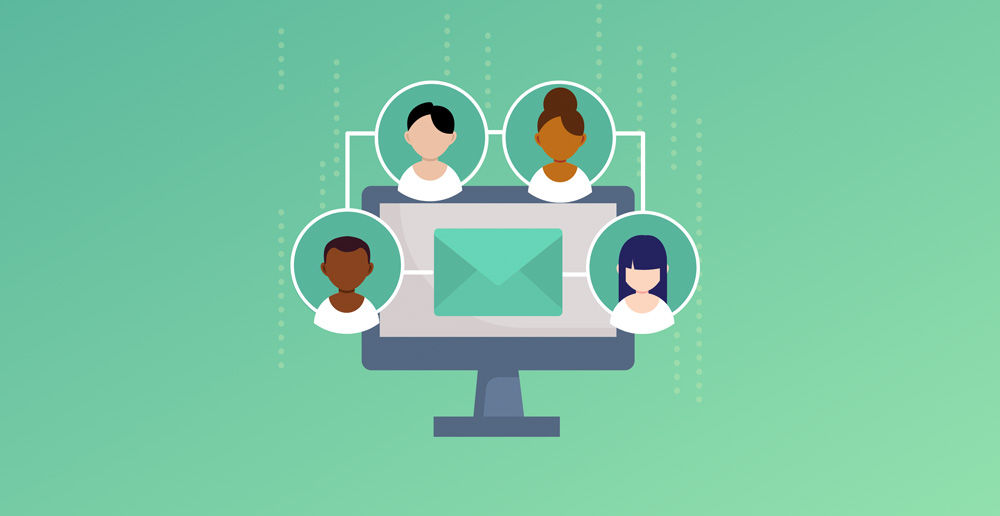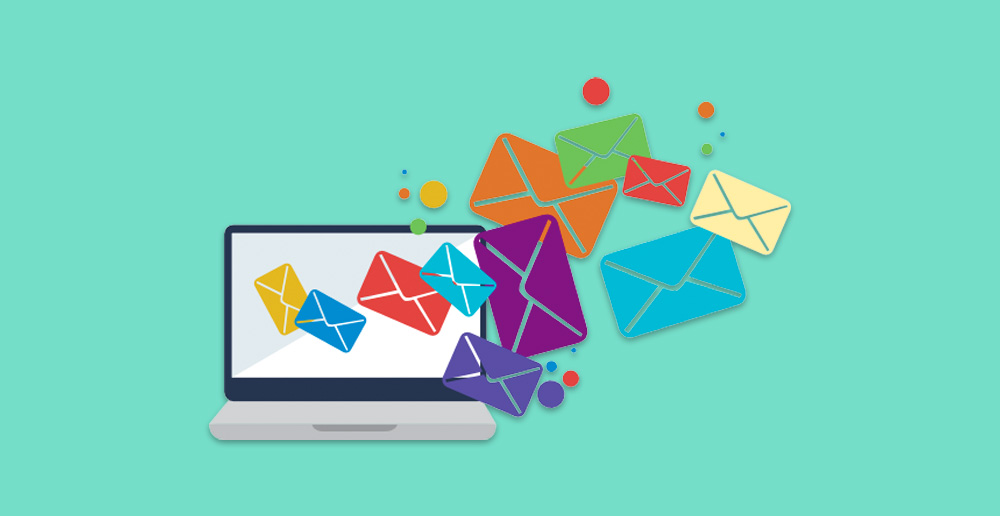In today’s digital age, businesses are constantly searching for new ways to connect with their audience and drive sales. While social media and content marketing have stolen the spotlight in recent years, email marketing remains an incredibly powerful tool for reaching your audience and fostering long-term customer relationships. In this article, we will explore the benefits of email marketing, discuss best practices, and provide tips on how to optimise your campaigns for maximum impact.
The Power of Email Marketing
Despite the rise of social media and other digital marketing channels, email has stood the test of time and continues to be one of the most effective ways to communicate with your target audience. According to a study by McKinsey & Company, email is 40 times more effective at acquiring new customers than Facebook or Twitter. This is because email enables you to reach people directly in their inboxes, where they are more likely to engage with your content.
Sending out marketing emails offers several advantages over other marketing channels:
- Personalisation: Email allows you to tailor your message to each recipient, making it more relevant and engaging. By segmenting your audience based on factors like demographics, interests, and behaviour, you can create targeted campaigns that resonate with each group.
- Cost-effectiveness: Email marketing is relatively inexpensive compared to other forms of advertising, making it accessible to businesses of all sizes. Additionally, it offers a high return on investment (ROI), with some studies estimating that for every $1 spent on email marketing, businesses can expect an average return of $38.
- Measurability: With email marketing, you can easily track key performance indicators (KPIs) like open rates, click-through rates, and increase in conversion rates over time. This data allows you to make informed decisions about your campaigns and continually refine your strategies for better results.
- Longevity: Unlike social media posts, which have a short lifespan and can quickly get lost in the noise, emails can be saved, searched, and referenced by recipients long after they’ve been sent.
Best Practices for Email Marketing Success

To maximise the potential of your marketing efforts, it’s essential to follow best practices that keep your audience engaged and encourage them to take action. Here are some tips to help you create effective email campaigns:
- Build a quality email list: The foundation of any successful email marketing campaign is a strong list of subscribers who have expressed interest in your business. Rather than purchasing lists or using other questionable tactics, focus on growing your email list organically by offering valuable content, promoting your newsletter on social media, and using opt-in forms on your website.
- Craft compelling subject lines: Your subject line is the first thing recipients see and can determine whether they open your email or not. Keep it short, relevant, and intriguing to grab their interest and entice them to read more.
- Use responsive design: With more people accessing their emails on mobile devices, it’s crucial to ensure your emails look great on all screen sizes. Use a responsive email template that automatically adjusts to the device it’s being viewed on for a seamless user experience.
- Focus on value-driven content: To maintain a healthy relationship with your subscribers, provide them with valuable, relevant content that meets their needs. This can include educational articles, exclusive offers, product updates, or behind-the-scenes insights into your business.
- Include strong calls-to-action (CTAs): Encourage your recipients to take the desired action by including clear and prominent CTAs in your emails. Make sure your CTA buttons are visually appealing and use action-oriented language to drive conversions.
- Test and optimise: Continuously monitor your email marketing metrics and use A/B testing to experiment with different elements like subject lines, send times, and content. This will help you identify what resonates with your audience and optimise your campaigns for better results.
Taking Your Email Marketing to the Next Level
Now that you understand the benefits of email campaign marketing and the best practices to follow, consider these advanced strategies to further enhance your campaigns:
- Automate your campaigns: Email automation allows you to send targeted messages to your subscribers based on specific triggers like signing up for your newsletter, making a purchase, or abandoning a shopping cart. This helps you deliver the right content at the right time, increasing engagement and conversions.
- Integrate with other marketing channels: To create a cohesive customer experience, integrate your email marketing efforts with your social media, content marketing, and other digital strategies. This can include promoting your email list on social platforms, linking to relevant blog posts in your emails, or using retargeting ads to reach email subscribers who haven’t converted.
- Leverage data and analytics: Use the wealth of data available through email marketing tools to gain insights into your audience’s preferences and behaviour. This information can help you create more personalised and effective campaigns that drive better results.
Building Strong Customer Relationships with Email Marketing

One of the most significant benefits of email marketing is its ability to foster and maintain strong customer relationships. By engaging with your audience consistently and providing valuable content, you can cultivate trust, loyalty, and brand advocacy. Here are some strategies to help you build lasting connections with your subscribers:
- Welcome new subscribers: When someone joins your email list, it’s essential to make a positive first impression. Send a welcome email that thanks them for subscribing, introduces your brand, and sets expectations about the type of content they’ll receive. You can also offer a special discount or free resource as a token of appreciation.
- Be consistent and reliable: Establish a regular cadence for your email campaigns to keep your brand top-of-mind with your subscribers. Strive to maintain a balance between being present in their inbox without overwhelming them with too many messages.
- Encourage two-way communication: Invite your subscribers to share their thoughts, questions, or feedback by replying to your emails or connecting with you on social media. This not only helps you gather valuable insights but also makes your audience feel heard and valued.
- Reward loyal customers: Show appreciation for your long-term subscribers by offering exclusive deals, early access to new products, or other perks that demonstrate your gratitude for their support.
- Celebrate milestones and achievements: Share your company’s successes, anniversaries, and other milestones with your subscribers to make them feel like they’re part of your journey. This can foster a sense of community and strengthen their emotional connection to your brand.
Advanced Marketing Techniques for Increased Engagement

To further enhance your email marketing strategy, consider implementing these advanced techniques to boost engagement and drive better results:
- Dynamic content: Leverage dynamic content to display personalised elements within your emails based on subscriber data. For example, you can show different product recommendations, images, or CTAs depending on the recipient’s interests, past purchases, or location.
- Behaviour-triggered emails: Send targeted emails based on specific actions your subscribers take on your website or in previous emails. For instance, if a subscriber clicks on a link about a particular product category in your newsletter, you can follow up with a dedicated email showcasing related products they might be interested in.
- Email retargeting: Retarget subscribers who have interacted with your emails but haven’t converted by sending them tailored messages or ads on other platforms. This can help remind them of your offerings and encourage them to take action.
- Gamification: Incorporate interactive elements like quizzes, polls, or contests into your email campaigns to make them more engaging and entertaining for your audience. This can also help you collect valuable data and encourage social sharing.
- Storytelling: Use storytelling techniques to create more compelling and memorable email content. Share stories about your brand’s mission, the people behind your company, or customer success stories to add a human touch to your campaigns and foster a stronger emotional connection with your audience.
Email marketing is a versatile and powerful tool for reaching your audience, driving sales, and building strong customer relationships. By employing best practices, advanced strategies, and continually testing and optimising your campaigns, you can unlock the full potential of this channel and achieve lasting success in your marketing efforts.
How We Can Help You
If you have found this article helpful, and would like to learn more about email marketing and how it can help with your business, feel free to reach out to our team. Our talented in-house marketers will provide advice and guidance on how to build a successful email marketing campaign. Reach our friendly team today on 03 9923 2712. If you’re looking for web designing, developing or optimising your website, we would love to assist you further with any questions you may have.


